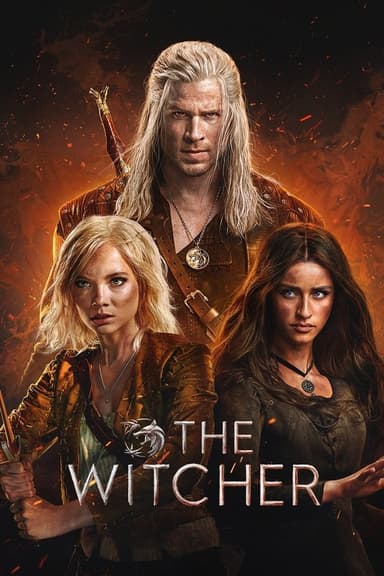
Otherside Picnic
2021 • Action & Adventure, Animation, Mystery, Sci-Fi & Fantasy • TV-14
Friendless college girl Sorawo finds a door to another world one day — a strangely post-apocalyptic-feeling Otherside with serene emptiness, which becomes her new “special place.” There, she meets one other human, the beautiful and independent Toriko, and they explore the abandoned Otherside together.
Why you should read the novel
If you enjoyed the intrigue and mystery of the Otherside Picnic anime, the source novels offer even more depth to the chilling world and fascinating characters. The written narrative delves into subtle psychological details, exploring Sorawo and Toriko's emotions far more intricately than the animated adaptation. You’ll discover rich world-building, nuanced relationships, and unseen inner turmoil that make these novels an exceptional reading experience.
Additionally, the novels highlight themes of identity, trauma, and companionship, using prose to convey tension and atmosphere in ways the visual medium can’t always replicate. The unique blend of urban legend horror and authentic LGBTQ+ representation is more pronounced, allowing readers to fully immerse themselves in the journey.
If you’re seeking a gripping, intellectually stimulating, and emotional narrative, the Otherside Picnic novels surpass the surface-level excitement of the TV series. Dive into Iori Miyazawa’s original vision for a more rewarding horror adventure.
Adaptation differences
One of the most notable differences between Otherside Picnic’s anime and the original novels is the portrayal of character depth and relationship development. While the anime hints at the growing connection between Sorawo and Toriko, the novels provide much richer internal monologues and nuanced interactions. The subtle anxieties, doubts, and internal struggles of the main characters often receive more detailed exploration in Iori Miyazawa’s writing, allowing for greater empathy and understanding.
Another major divergence lies in the pacing and structure of the story. The anime adapts select episodes and events, sometimes condensing or altering key incidents for flow or runtime. This results in skipped scenes, reordered events, and the omission of certain suspenseful or emotional moments found in the novels. As a consequence, the tension and world-building can sometimes feel less immersive in the adaptation.
Furthermore, the anime tends to tone down some of the darker, more psychological horror elements present in the books. The source material often lingers on the unsettling, surreal aspects of the Otherside and the psychological impact on the protagonists. By contrast, the show sometimes leans toward adventure and light-hearted moments, which can dilute the more chilling atmosphere intended by the author.
Lastly, side characters and recurring themes receive more elaborate treatment in the novels. Motivations, backstories, and recurring motifs are fleshed out in greater detail, giving readers a broader view of the Otherside universe. The adaptation’s condensed format often leaves such layers unexplored, so the novels present a much more rewarding and comprehensive narrative for dedicated fans.
Otherside Picnic inspired from
Otherside Picnic
by Iori Miyazawa









